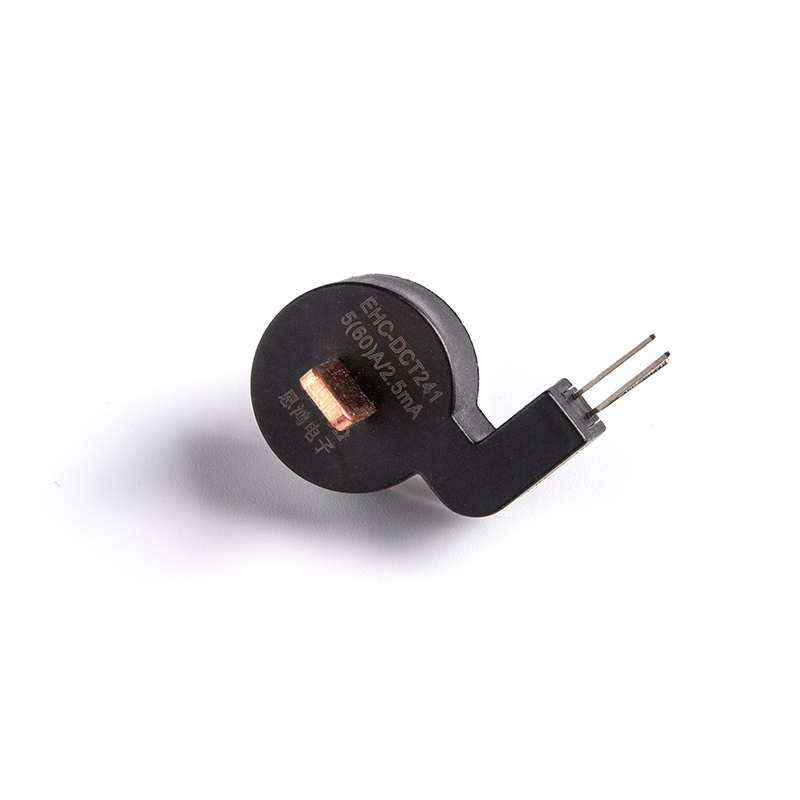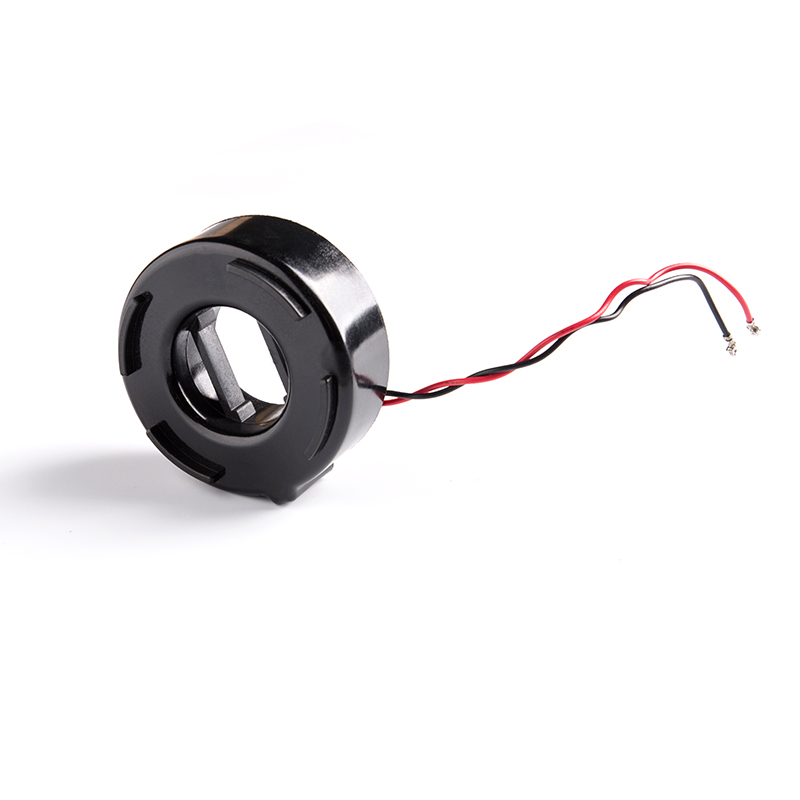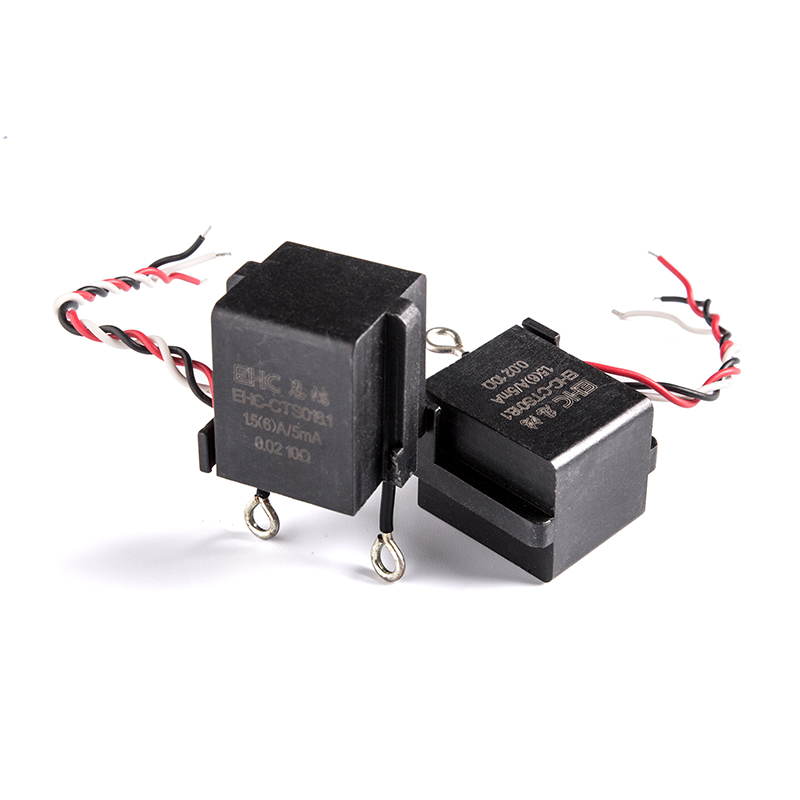Amorphous Nanocrystalline Inductors rovide high saturation induction
Designed with cobalt-based amorphous metal, these flat loop toroidal cores provide a high maximum permeability with very low coercivity and loss. They are ideal for EMI common mode chokes, EMC filtering and all types of switch-mode power supply controllers.
It has been found that the H-coil method is limited in acquiring magnetic characteristics under square waveforms, while the MC method has more potential.
Permeability
Magnetic cores are used to store and transmit energy. They also filter electromagnetic signals to suppress interference from other devices. Traditionally EMC/EMI filters were equipped with Permalloy (NiFe) cores; however, nanocrystalline tape wound toroidal cores can offer similar performance with double the complex permeability and lower core loss.
Iron based Amorphous Nanocrystalline Inductors provide high saturation induction, high permeability and low loss (1/51/10 of silicon steel). This allows the transformers to operate at higher frequencies for improved efficiency while maintaining the same power rating and core size.
These amorphous alloys have no crystalline magnetic anisotropy which significantly reduces resistance and allows cores to operate at higher frequencies versus traditional ferrite alloys. This reduction in core loss helps to improve your mean length per turn reducing copper losses and improving your overall I2R losses and your B-H loop. This increases your operating frequency and reduces the temperature rise of the molding power inductors. This is essential in your inverter, UPS or SMPS designs.
Coercivity
Magnetic components made from amorphous and nanocrystalline materials are used for a wide range of industrial applications such as high speed pulse power devices, electrical energy control/management systems and telecommunication equipment. These alloys are prepared without the stoichiometric restrictions characteristic of crystalline metals, making them more versatile.
Amorphous metal cores are well-suited to functions such as common mode chokes which suppress unwanted conducted noise, interference and stray signals. Their high permeability provides them with high inductance values for a given size which is essential for filtering applications.
Iron based nanocrystalline strips have high saturation induction, high permeability and high Curie temperature, low loss etc. They are widely used in air conditioner power supply, output filter inductors and power factor revising inductors as primary transformers. They also have excellent overload tolerance.
Saturation
Power inductors with core sizes from 10 to 1000+ amperes can be fabricated using nanocrystalline amorphous metal. Compared to traditional steel cores, these amorphous alloy c-cores are able to operate at higher frequencies for the same flux level. This is due to the lower losses associated with their physical size.
They also operate at permeabilities similar to high-end ferrites and have an impressive saturation magnetic flux density. This allows a smaller physical size for the same rated current, which reduces copper losses and leads to significant cost savings.
These amorphous alloy c-cores have a much lower coercivity and hysteresis loss, which helps to reduce noise in sensitive applications. Additionally, they have a Curie temperature three times as high as ferrite. This means a lower exciting current required and less core size, which translates to fewer turns, further reducing copper losses and costs.
Core Loss
Iron or Cobalt based amorphous cores offer high maximum permeability, high residual ratio, low loss and small volume. These cores are ideal for the amplifier of switch-mode power supply to stabilize and adjust output voltage in a wide frequency range as well as for PFC boost inductors.
Amorphous magnetic materials can operate at higher frequencies than conventional ferrite cores while maintaining the same flux saturation level. This allows designers to reduce the number of turns on their windings, which lowers copper losses and overall costs.
Amorphous metal tape wound cores have reduced no-load losses compared to traditional steel cores due to the random grain structure and high permeability. This leads to lower hysteretic and eddy current losses, which in turn reduces magnetostriction and improves overload capacity.

 English
English 中文简体
中文简体 Deutsch
Deutsch 日本語
日本語

 View More >>
View More >> View More >>
View More >> View More >>
View More >> View More >>
View More >> View More >>
View More >> View More >>
View More >> View More >>
View More >> View More >>
View More >>